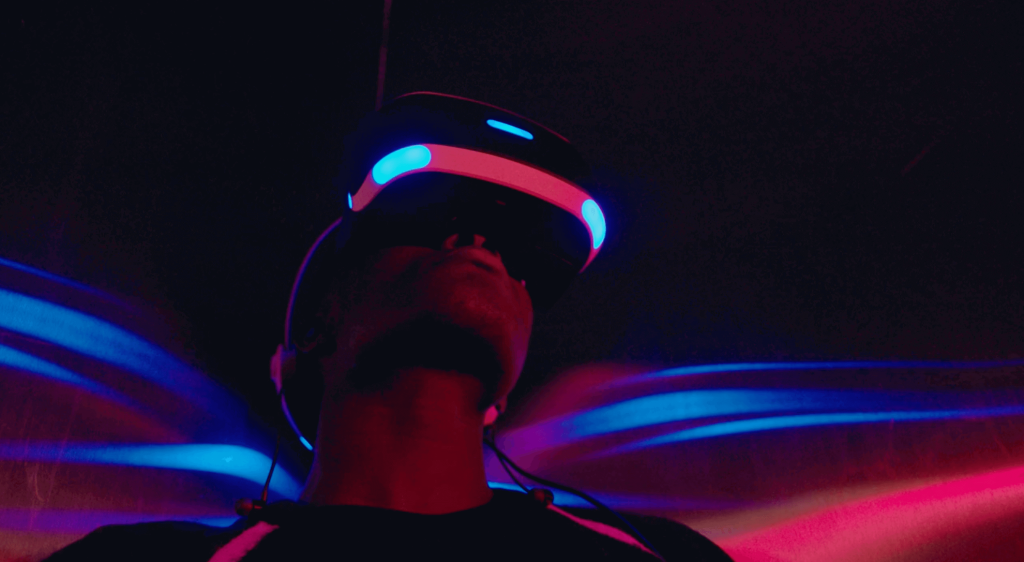The landscape of Artificial Intelligence (AI) continues to evolve at an unprecedented pace, with several significant advancements and announcements shaping the industry in 2024. New large language models, innovative tools, and specialized AI technologies are being released, promising to transform industries such as healthcare, business automation, and cybersecurity. This article explores the most recent developments, including the launch of Google’s Gemini 1.5 Pro, emerging tools and APIs, and innovative AI products aimed at specialized use cases.
In recent weeks, Google unveiled its latest large language model, Gemini 1.5 Pro, which has already garnered significant attention in the tech community. Building on the foundation laid by its predecessor, Gemini 1.5 Pro brings forth enhanced multimodal capabilities, allowing it to process and generate content in various formats, including text, images, and audio. This multi-dimensional interaction enables users to engage with the model through different modalities, leading to a more intuitive and rich experience. One of the standout features of Gemini 1.5 Pro is its extended context understanding, significantly improving the model’s ability to process and retain larger snippets of conversation history. This advancement is particularly beneficial for applications requiring context-aware interactions, such as customer support or virtual assistants, where maintaining the context over extended interactions is critical.
According to a report by TechCrunch, this latest model’s enhanced capabilities can be attributed to Google’s ongoing investment in AI research and development, positioning it as a frontrunner in the competitive landscape of AI technologies (TechCrunch, 2024). With the introduction of Gemini 1.5 Pro, Google reinforces its commitment to advancing AI’s capabilities while ensuring that it is accessible for various applications across industries.
In parallel with the advancements in large language models, various new tools and APIs have been introduced to integrate AI into numerous tasks across different sectors. Notable among them are platforms like ClearML, which offers a comprehensive suite of machine learning tools that simplify model training, reporting, and deployment processes. ClearML enables data scientists and machine learning engineers to collaborate seamlessly while streamlining workflows, minimizing development time, and increasing productivity. By allowing teams to track experiments, visualize data, and manage resources effectively, ClearML stands out as an essential tool for organizations looking to leverage AI for practical applications (Forbes, 2024).
As AI continues to make significant strides, there is also an increasing focus on specialized use cases, with emerging technologies addressing critical concerns surrounding reliability and bias in large language models (LLMs). Recent research has focused on developing debiased AI models that not only reduce the incidence of skewed responses but also enhance the overall reliability of AI outputs. One groundbreaking approach involves using advanced image segmentation techniques in tandem with LLMs to create training data that is more representative of diverse perspectives. This reduces biases by ensuring that models are trained on various datasets reflecting a wider array of cultural contexts and experiences.
An enthusiastic movement within the AI community is the push for intersection safety optimization in autonomous vehicles. Companies are increasingly utilizing AI-driven technologies to analyze intersection patterns and develop algorithms that enhance pedestrian safety while optimizing traffic flow. The AI models are being tested in real-world scenarios, with promising results indicating their potential to minimize accidents and enhance urban traffic management systems (IEEE Spectrum, 2024).
The rise of innovative AI products targeting enterprise, cybersecurity, and creative industries is making a significant impact on the market. Notable recent launches include new cybersecurity tools powered by AI, which provide real-time threat assessment and response capabilities. For instance, the implementation of AI-driven intrusion detection systems is allowing organizations to preemptively address vulnerabilities by analyzing network traffic and identifying irregular patterns that may indicate a looming cyber threat. These advanced tools leverage machine learning algorithms to adapt and learn from new threat vectors, continually improving their defensive capabilities over time (Wired, 2024).
In the creative domain, AI tools are emerging that assist artists and designers in generating unique content. These tools utilize natural language processing (NLP) and computer vision to analyze trends and create tailored content, from visual artwork to written narratives. One exemplary tool, recently released, combines AI image segmentation with generative capabilities to enhance the quality of images produced by artists. By segmenting images into logical units, the AI can suggest modifications, colors, or styles that resonate with current trends in the art world, thus sparking creativity in users while providing practical assistance (MIT Technology Review, 2024).
In the realm of education, the use of AI is looking increasingly promising as well. Educators are now integrating AI-driven platforms to deliver personalized learning experiences that adapt to individual student needs. These platforms employ sophisticated algorithms to analyze student performance, tailoring lessons and instructional content according to specific learning objectives. This adaptive approach is proving particularly effective in assisting students who may face challenges in traditional learning environments, ultimately supporting greater engagement and enhancing overall academic performance (EdTech Magazine, 2024).
As these advancements continue to unfold, it’s crucial to recognize the profound implications they have on key sectors of society. In healthcare, for instance, AI technologies are being deployed to optimize the diagnostic process, allowing for quicker identification of diseases and personalized treatment plans. This shift towards data-driven healthcare solutions is already yielding positive results in patient outcomes and resource management (Health Affairs, 2024).
In summary, 2024 has ushered in a wave of innovations in AI, characterized by the launch of newfound large language models like Google Gemini 1.5 Pro, advanced tools and APIs like ClearML, and emerging technologies that provide solutions to specialized challenges, including debiased AI and intersection safety optimization. The proliferation of AI products across various industries indicates a significant shift in operational paradigms, enhancing efficiency, creativity, and safety in numerous applications. As companies continue to explore AI’s potential, the integration of these advanced technologies will undoubtedly shape the future landscape of various sectors in unprecedented ways.
**Sources Cited:**
1. TechCrunch, 2024
2. Forbes, 2024
3. IEEE Spectrum, 2024
4. Wired, 2024
5. MIT Technology Review, 2024
6. EdTech Magazine, 2024
7. Health Affairs, 2024

























